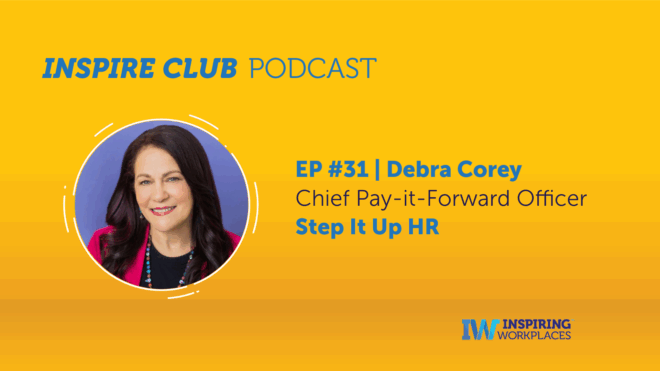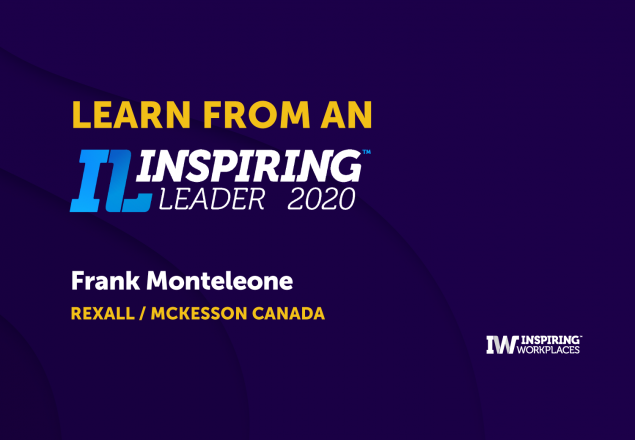
04th November 2024
5 Essential Workforce Priorities for Leaders to Focus on in 2025

In 2025, leaders must focus on developing resilient managers, embedding culture, strategic workforce planning, empowering employees in change management, and leveraging HR technology to drive impactful outcomes, according to research. Embracing these interconnected priorities will help organizations retain talent and achieve sustainable growth in an evolving work landscape.
This article was written by Brent Gleeson and published in Forbes.
As organizations evolve and face new challenges, leaders and managers are preparing to tackle pressing workforce priorities that will shape the future of work. Based on the data and experience at EXCELR8, and supported by extensive research conducted by Gartner, these priorities reflect the most significant areas HR leaders (and all leaders in the organization) need to focus on to remain competitive, retain top talent, and drive business outcomes. Below are the top five workforce priorities leaders must incorporate into their strategic imperatives for 2025. We highlight the key trends that will influence human resources strategies moving forward.
1. Leader and Manager Development
In 2025, developing leaders and managers will continue to be a critical focus for HR teams. According to Gartner’s survey, 75% of HR leaders report that managers feel overwhelmed by their expanding responsibilities, while 70% believe current leadership development programs are insufficient for equipping leaders to handle future challenges. The traditional approaches to leadership development, often centered on one-off seminars and static content, are proving ineffective in preparing leaders for the dynamic nature of modern business.
A new imperative has emerged—leaders need to develop through peer-connection-based learning experiences that foster lasting professional relationships and practical, real-world applications of their knowledge. Leadership teams must prioritize long-term development strategies that emphasize collaboration, on-the-job learning, and regular touchpoints rather than isolated events. Programs must incorporate a blend of consistent in-person training conducted by proven experts, virtual training, peer-to-peer mentorship, and talent development workforce technology platforms. Organizations that integrate leadership development with broader business strategies will be more resilient in the face of continuous change.
2. Organizational Culture
While nearly 97% of CHROs express the desire to change some aspect of their organization’s culture, the challenge lies in bringing these cultural aspirations to life. Many organizations struggle to translate lofty cultural ideals into actionable day-to-day behaviors, which leads to discrepancies between leadership vision and employee experience. Poorly managed culture initiatives have significant business impacts, affecting employee engagement, performance, retention, and even customer satisfaction.
In 2025, embedding culture into the core values of the organization will become increasingly important. Leaders need to ensure that employees understand the values driving their culture and have the necessary processes and support systems in place to align their daily behaviors with these values. Leaders will be tasked with not only setting the cultural direction but also modeling desired behaviors and holding their teams accountable. Companies that successfully embed culture will see improved employee engagement, performance, and retention rates.
3. Strategic Workforce Planning
As business environments become more volatile, the importance of strategic workforce planning (SWP) has never been greater. Yet, 66% of HR leaders acknowledge that their workforce planning is often limited to headcount planning, which doesn’t adequately address future talent needs. With labor markets shifting, and 23% of global jobs expected to change in the coming years due to factors like AI and automation, HR teams must adopt a more comprehensive approach to planning.
In 2025, HR leaders need to broaden their focus beyond immediate staffing needs and develop capabilities-focused plans that look two or more years into the future. This phased approach to SWP will allow organizations to better align their talent strategies with business goals, close critical skill gaps, and ensure they are prepared for potential disruptions such as technological advancements or economic downturns. By integrating talent strategies into business planning, HR can provide more value and proactively address challenges attracting and retaining employees.
Read the article in full and find out the last two priorities for leaders in 2025 here: Top 5 Workforce Priorities For Leaders In 2025






